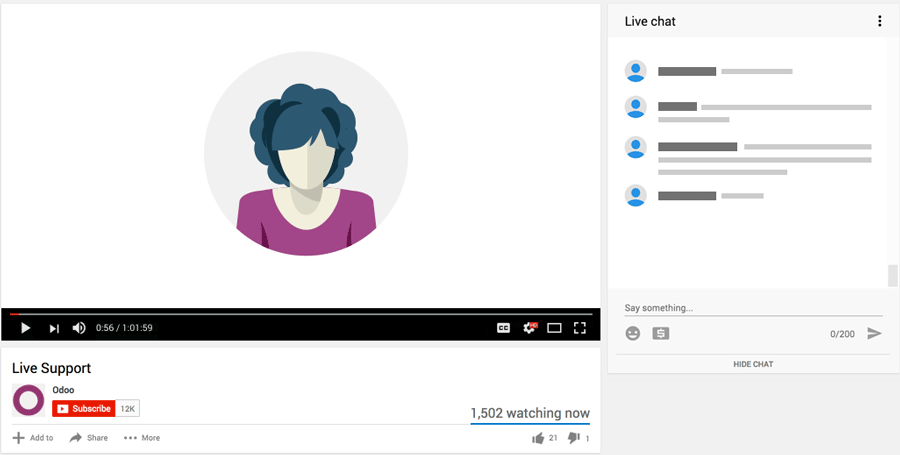-
Keynote - Industries
Fabien PinckaersCompletata
-
Opening Keynote - Unveiling Odoo 19
Fabien PinckaersCompletata
-
Valuation: how legal can help
Alexandre PasdermadjianCompletata
-
Pouring Efficiency: Odoo for the Modern Winery
Fabrizio CapellinoCompletata
-
From Wine to Multi-Activity: How Odoo Supports the Reinvention of Modern Vineyards
BOSSOUTROT SebastienCompletata
-
Carbon Footprint in Odoo: A Step-by-Step Guide
Yannick VestersCompletata
-
How Orelus Started Reinventing HR Services with Odoo for SMEs
Muytjens LaurentCompletata
-
Digitizing Bike Rental and Repair Operations for the Public Sector with Odoo
Ben MaesCompletata
-
Four Dimensional Business Analysis based on C4 Modeling for Better Odoo Implementation
Ravi BhattaraiCompletata
-
Six Sigma in Action: Applying Data to Service Processes
Sam DrauschakCompletata

I’m a developer at QUBIQ, working across different areas of Odoo — from backend logic to website customization and performance tuning. While my work spans accross many parts of the system, I’m especially interested in anything that pushes the technical quality of a solution: performance, clean architecture, and long-term maintainability.
Over the past two years, I’ve worked with Odoo versions 16, 17, and 18, helping build real-world solutions that are both functional and technically solid. One of the areas I enjoy the most is improving the Odoo Website module — making it faster, more scalable, and easier to adopt in demanding environments.
I care deeply about technical excellence, and I believe that even small improvements in code quality or system design can make a big difference — especially when building tools that people rely on every day.
As Odoo applications scale in complexity and traffic, performance optimization becomes essential — across frontend, backend, and everything in between. In this talk, I’ll present a Redis-based caching layer we’ve developed at QUBIQ to accelerate Odoo in a clean, maintainable way.
The system integrates natively with Odoo and supports multiple caching use cases — including views, controller responses, and custom logic — all without touching templates or writing extra code. In many cases, enabling caching is as simple as ticking a checkbox.
It handles context-aware cache key generation, pattern-based invalidation, and Redis connection management automatically. I’ll walk through how it works internally, how we deployed it in production, and what kind of performance gains we’ve observed — including significant drops in response time.
The talk is a mix of real-world use cases and technical deep dives, aimed at developers and architects who want to push Odoo further without sacrificing clarity or maintainability.
